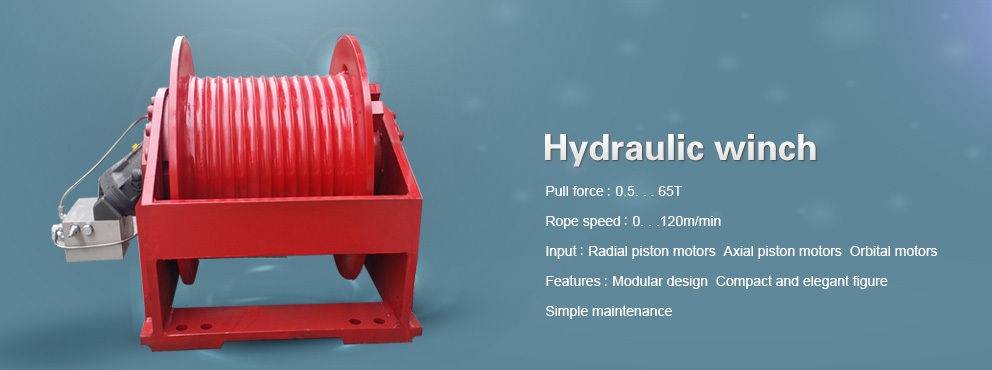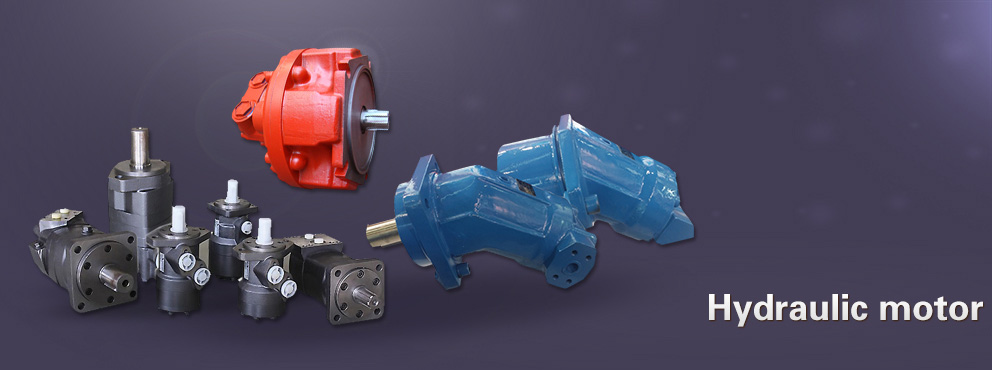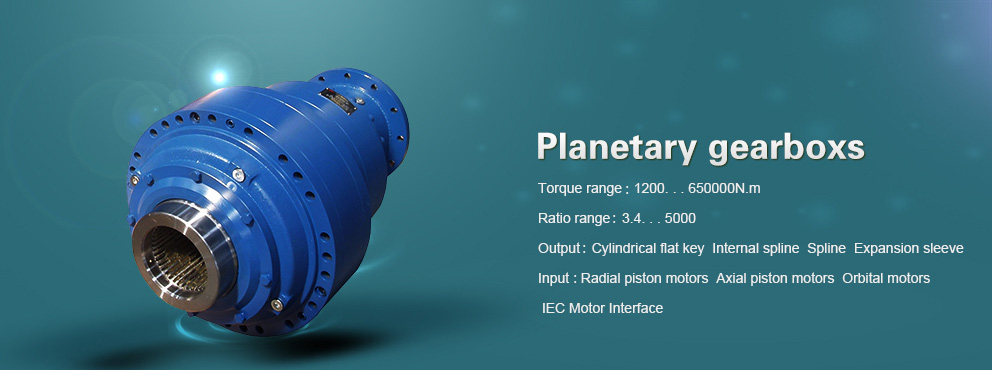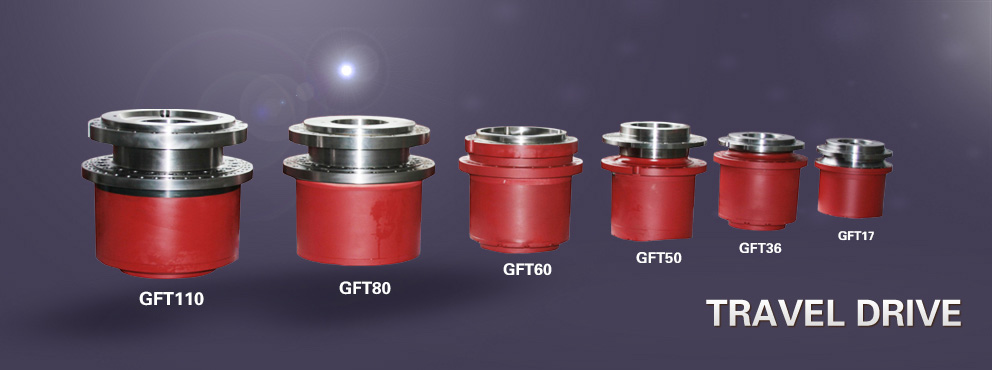News
Submenu- News
-
Analysis and troubleshooting
(1) leaf blade hydraulic motor easy parts and location of fault
① repair hydraulic vane motor failure prone parts and parts using the force extensionvane motor failure prone parts: plate, rotor, stator (shell), blades, bearings and sealetc..
Leaf hydraulic motor prone parts of failure:
A. plate end (G1) wear and tear injury;
Wear a B. rotor end;
C. stator inner surface (G2) of the wear and tear injury;
D. bearing wear or damage;
E. oil seal damage.
The main parts of ordinary blade hydraulic motor structure and fault
1- oil pan cover; 2-; 3- rotor and blade; 4- shell; 5- front cover; 6-; the 7- output shaft;
8, 10 - bearing oil seal ring; 9-; 11-0; 12- wave spring pad
The main failure prone parts and repair parts of the spring blade hydraulic motor (Fig. 4-35)
Leaf hydraulic motor failure prone parts: the oil pan with 2 and 7, 3, 6, rotor statorblade 5, 8 and 9 bearing oil seal.
Leaf hydraulic motor prone parts of failure:
A. oil pan with 2 and 7 end (G1, G3) wear and tear injury;
Wear strain B. 3 end surfaces of the rotor;
6 C. stator inner surface (G2) of the wear and tear injury
D. 4 and 5 leaf spring;
E. 8 bearing wear or damage;
F. oil seal 9 damage.
The main parts of the spring blade hydraulic motor structure and fault
1- cover; 2, 7- plate; 3- rotor blade; 4- spring; 5-; 6- 8- 9- stator; bearing; oil seal(seal); the output shaft of the front cover 10-; 11-; 12 - 13 floating plate; -0 ring; 14 -pin
(2) analysis and troubleshooting
Leaf hydraulic motor with high speed low torque and low speed high torque of two,there were more used in hydraulic equipment. The following faults in use andelimination method.
Fault 1: output speed is not enough (less speed), the output torque is low
Reason for the hydraulic motor itself.
A. rotor and the valve plate sliding fit with the gap between the too big, or with the surface galling or pull grooves. This is high speed and small torque hydraulic motorfailure leaves fault frequency maximum. Wear nap is slight, can face of the rotor andthe stator end grinding and polishing. Wear and tear injury is serious, the first flat grinding the end face of the rotor and the plate surface, and then polishing. Note that the blade and the stator should also remove the corresponding size, and that between the rotor and the plate gap in the range of 0.02 ~ 0 03mm.
The B. blade for dirt or burrs stuck can not in the rotor groove extending. Detachableblade hydraulic motor, deburring blades, rotor blade groove and leaf edge, but not chamfer, burst leaves for leaf.
If there is dirt stuck, the vane hydraulic motors are washable and oil; and to appropriately with the research the vane and the vane groove, guarantee that the gap between the blade and blade groove is 0.03 ~ 0 04mm, blade in the blade groove canmove freely.
C. for the low speed high torque hydraulic motor adopts double lobed leaves, ifbetween the two blades stuck will result in high and low pressure chamber (in return oil chamber cavity) on, internal leakage caused by the increment of leaf hydraulic motor speed is not high and the output torque is not enough. Regardless of high speed hydraulic motor or low leaf blade hydraulic motor, blades are not stuck. Stuck should open the cleaning, the vane slot in the rotor can move flexibly; the blades, twoblades should also be relatively sliding freely.
D. low speed high torque hydraulic motor vane, if the shift control valve in shift is not in place, or badly worn, with the gap between the spool and the valve hole is too large, will cause serious internal leakage, so that the pressure flow into the blade of hydraulic motor output speed is not enough, resulting in vane hydraulic motor output torque is not enough and insufficient, you should repair the shift control valve (Fang Xiangfa).
E motor one-way valve seat wear and the steel ball, or because of a one-way valveflow channel was serious dirt clogging, so that the bottom of the blade without oil pressure pushing blade (especially at low speed), so that it can not firmly at the top ofthe stator inner curved surface. The repair of one-way valve, check pressure oilleaves at the bottom of the can push leaves at the top of the stator surface.
F. stator curve surface wear caused by injury, into the oil chamber and the oil returncavity part collusion, available natural round stone or metallographic sandpapergrinding surface curve of the stator, the strain of the deep groove, replacing stator or flip 180 according to the. Use.
The supporting spring fatigue g. push plate or broken, can replace the spring.
H. hydraulic motor are respectively connected with the fastening surface or bad,cause leakage. At this point should be carefully check the connecting surface, tighten the screws, eliminate the leakage.
Deficiency of the oil pump to supply oil motor traffic. The failure phenomenon of pump flow not enough analysis and troubleshooting.
The pressure of pressure oil to supply hydraulic motor is not enough. Control valve(such as overflow valve) problem, system problem, can identify the causes and takecountermeasures.
The other reason.
A. oil temperature is too high or oil viscosity improper selection, should try to reduce the oil temperature, reduce the leakage, reduce oil viscosity is too high or too low on the system of adverse effects, reduce the internal and external leakage.
B. oil filter blockage caused by hydraulic motor flow not enough input.
Fault 2: load increases, the speed dropped a lot
The same fault 1 reasons.
The hydraulic motor outlet pressure is too large, can check the back pressure.
The oil pressure is low, can check the inlet pressure, countermeasures.
Fault 3: big noise, serious vibration (Ma Dazhou)
The coupling and pulley coaxiality deviation is too large, or the external vibration.Adjustable coupling, correction tape round holes and V slotted coaxial, ensure that no more than 0 Imm, and try to eliminate extraneous vibration, such as hydraulic motormounting support rigidity should be good, solid and reliable.
The hydraulic motor internal parts wear and damage: such as rolling bearing retainerrupture, severe wear of bearing, the stator curve galling, dismantling the hydraulic motor internal parts, repair or replacement of wearing parts.
The leaves at the bottom of the torsion spring too soft or fracture: can replace thetorsion spring qualified. But the torsion spring force should not be too strong,otherwise it will wear the stator blade contact.
The stator surface galling or scratch: repair or replacement of the stator.




